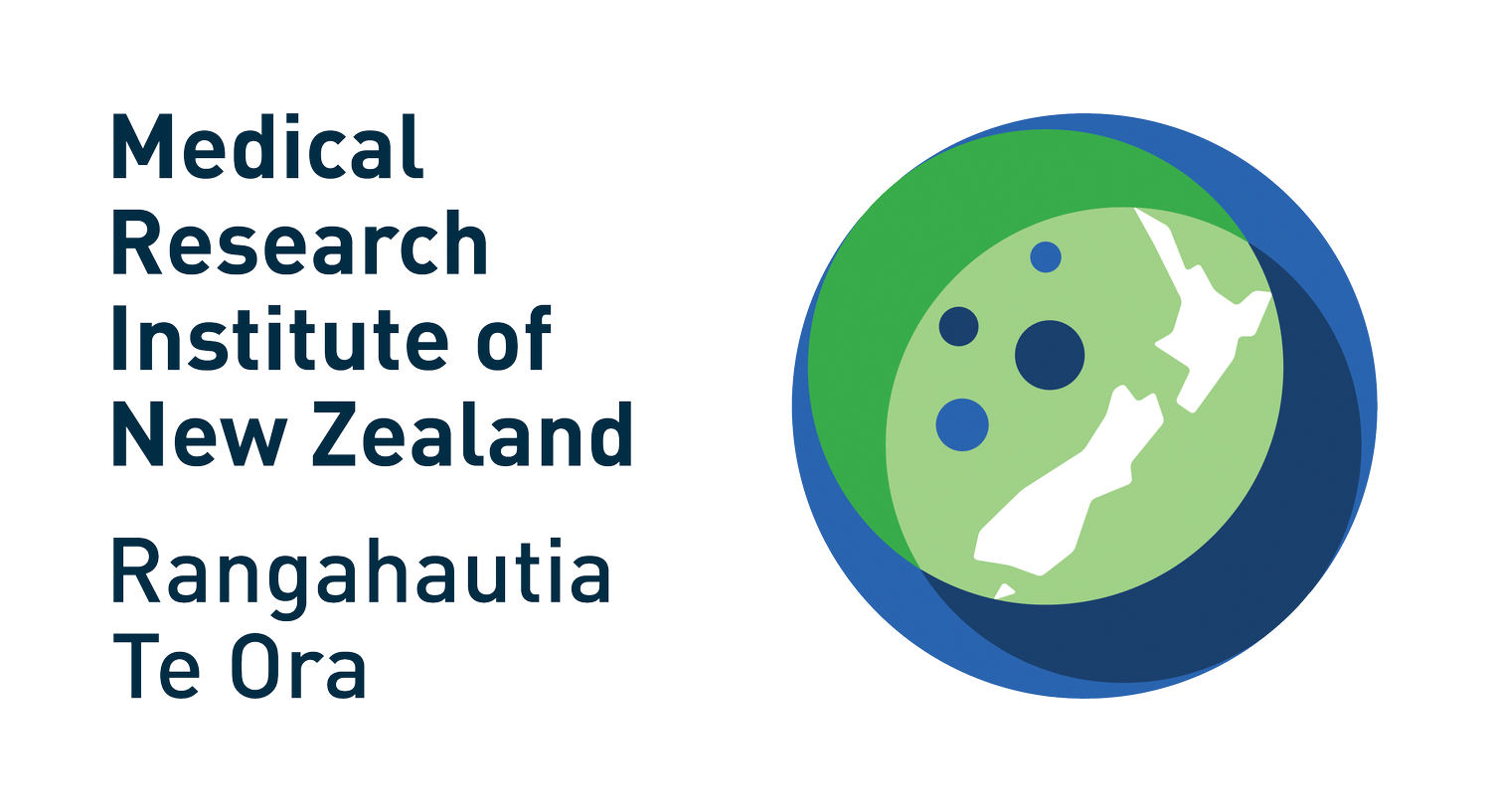ICU Study shows that early active exercise in adults receiving life support can be harmful.
A groundbreaking clinical trial, published today in the prestigious New England Journal of Medicine, has shown that early active exercise in adults receiving life support in the ICU does not improve patient outcomes and significantly increases the risk of adverse events.
Professor Paul Young, senior study author, MRINZ Deputy Director and Intensive Care Medicine Lead, says:
“The notion that exercising patients soon after starting life support might prevent development of muscle weakness was very appealing but previous clinical trials evaluating this strategy were small and inconclusive. We were surprised to find that this practice was not just ineffective but also potentially harmful.”
Approximately 13–20 million people receive treatment in ICUs worldwide annually; here in Aotearoa New Zealand, that number sits around 40,000.
Mechanical ventilation, also known as ‘life support’, is a life-saving intervention undertaken in ICUs globally. However, patients receiving life support are typically bedbound with no active exercise, with prolonged ICU stays being linked to severe weakness which can persist for years or the rest of a person’s life.
The Trial of Early Active Mobilisation (TEAM) study compared the effect of early active exercise with usual care on recovery in 750 adults on life support in ICUs across Aotearoa New Zealand, Australia, USA, Germany, Brazil and Ireland. Active exercise is physiotherapy in which the patient is actively engaged in using their muscles, ranging from movement in bed to walking independently.
The study found no significant difference in the number of days alive and out of hospital between those who received early active physiotherapy and those who did not. Early active physiotherapy did not reduce the risk of functional impairment or reduced quality of life at six months, with adverse events such as arrhythmia and low blood pressure also being more common.
76-year-old John Strawbridge knows first-hand what it is like to suffer the consequences of ICU-acquired weakness, after four admissions to Wellington ICU for sepsis between September 2020 and March 2021. This was a challenging time for John and his whānau—progress was slow, setbacks were frequent, and his survival was delicate. John’s weakness was so severe that it took him a day and a half to remove the photos of his family from the wall next to his bed upon discharge.
John says:
“It was important for me to remain future-focused and hold firmly to the vision of seeing my three grandchildren grow up. This, and the expert care of the ICU medical team and my specialists, really helped me to keep going. I’m so glad to know there is ongoing research focus into supporting best recovery for those of us who have endured ICU-acquired weakness.”
Actively exercising critically ill patients early requires significant expertise, time and resources and is therefore a costly health intervention. The TEAM study findings provide strong evidence that such mobilisation is not a sound investment of limited healthcare dollars.
Professor Young says:
“The TEAM study, funded by the New Zealand Health Research Council and endorsed by the Australian and New Zealand Intensive Care Society Clinical Trials Group, will change ICU physiotherapy practices and patient outcomes worldwide.”

